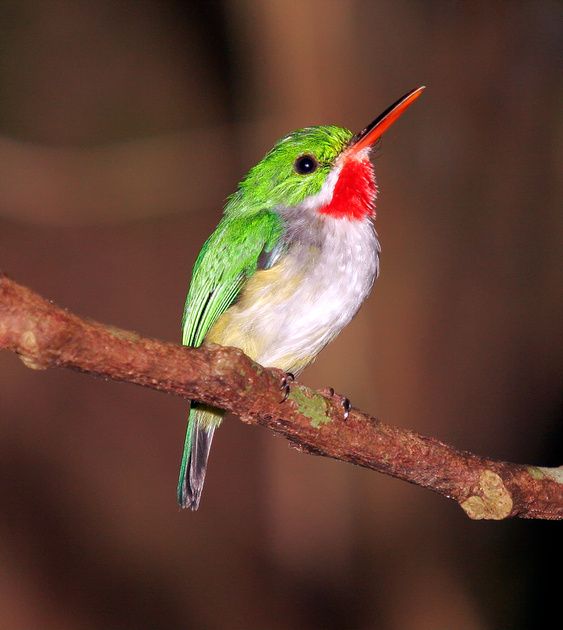- cross-posted to:
- earth
- cross-posted to:
- earth
The dunnock (Prunella modularis) is a small passerine, or perching bird, found throughout temperate Europe and into Asian Russia. Dunnocks have also been successfully introduced into New Zealand. It is by far the most widespread member of the accentor family; most other accentors are limited to mountain habitats. Other common names of the dunnock include: hedge accentor, hedge sparrow, hedge warbler, and titling. The Dunnock is a small brown and grey bird. Quiet and shy, it's often seen on its own, creeping along the edge of a flower bed or near to a bush, moving in a rather nervous, shuffling way, often flicking its wings as it goes. Dunnocks are native to large areas of Eurasia, inhabiting much of Europe including Lebanon, northern Iran, and the Caucasus. They are the only commonly found accentor in lowland areas; all the others inhabit upland areas. Dunnocks feed on both small insects and small seeds, plus spiders and small worms. In the winter months the food becomes largely seeds, and for this reason the species is very easy to attract to feeding areas. The dunnock is preyed upon by cats, sparrowhawks, and other birds of prey. They can chase the predator away by mobbing it. With a short and fast song with phrases that usually last two or three seconds, dunnocks produce a rather flat warbling sound. It is less sweet than a robin's song, and lower-pitched and less powerful than the blasts of a wren. Here is a link so you can listen to this bird too.

